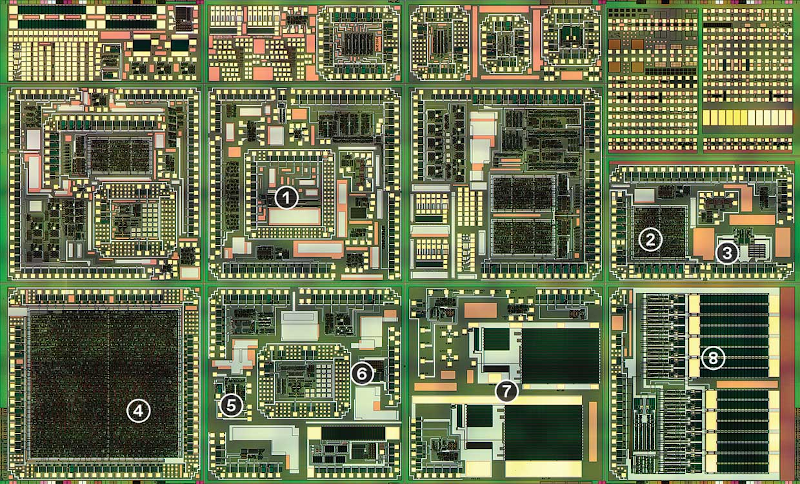
IEEE Spectrum had an interesting read about circuits using silicon carbide as a substrate. [Alan Mantooth] and colleagues say that circuits based on this or some other rugged technology will be necessary for missions to Venus, which they liken to hell. That might seem like hyperbole, but at about 460C with an atmosphere full of sulphuric acid, maybe it isn’t such a stretch. When the Soviets sent Venera 13 to Venus, it was able to send data for just over two hours before it was gone. You’d hope 40 years later we could do better.
Silicon carbide is a semiconductor made with an even mix of silicon and carbon. The resulting components can operate for at least a year at 500C. This high-temperature operation has earned them a place in solar energy and other demanding applications. [Alan], with the University of Arkansas along with colleagues from the KTH Royal Insitute of Technology in Stockholm are building test circuits aimed at developing high-temperature radios for use in environments like the one found on Venus.
The Vulcan II chip they are testing has multiple test circuits including several types of analog to digital converters, an op amp, logic gates, and DC to DC converter and — perhaps in an effort to keep Hackaday commenters happy — a 555 timer. Between the two Vulcan chips, the team claims to have 40 silicon carbide circuits worked out.
The material has a much higher breakdown voltage compared to silicon so you can improve your voltage handling or make smaller devices that have better characteristics such as on resistance due to their smaller size. The thermal conductivity is also much better. But the real key, according to the post, is that silicon carbide has low carrier concentrations at room temperature. This doesn’t sound like a great thing, but if you are interested in high-temperature operation, it is. Silicon devices stop working at high temperatures because the extra energy floods the device and essentially turns it on all the time. That happens at 250 to 300C for silicon, but with the carbon added, devices can switch reliably past 800C.
Silicon carbide itself isn’t new. It was an accidental discovery in 1895 when a chemist tried to make artificial diamonds. By 1906 it was used to detect radio waves — the carborundum detector — which may make it the earliest semiconductor device, although silicon detectors were the first to be commercially produced.
We’ve looked at Silicon Carbide in electric vehicles. We’ve also seen it used in a non-semiconductor way when melting glass.
0 Commentaires